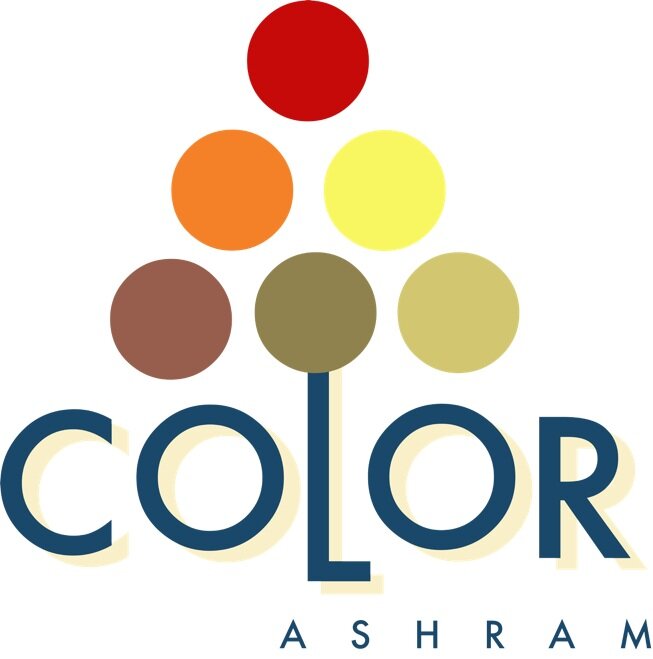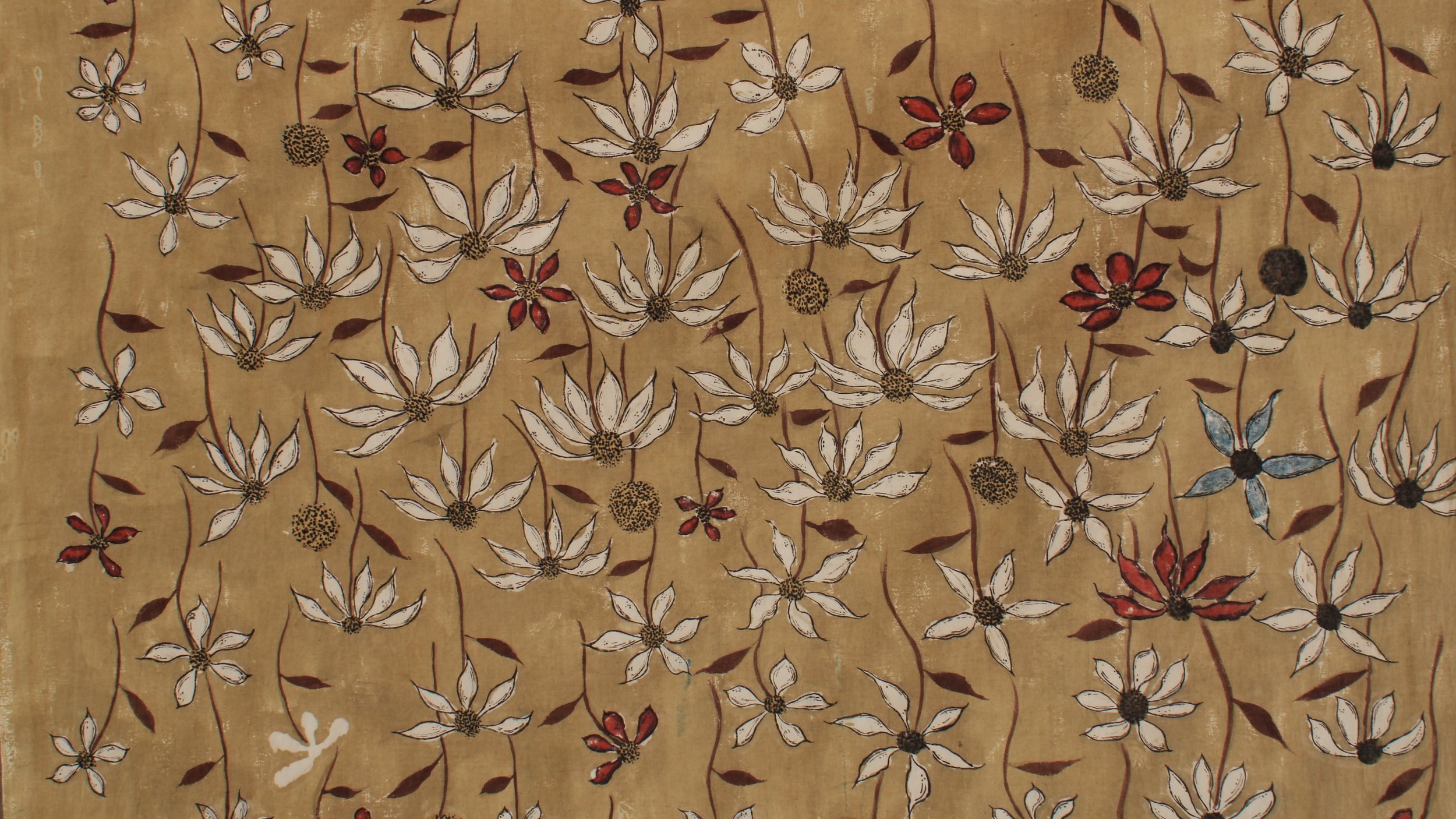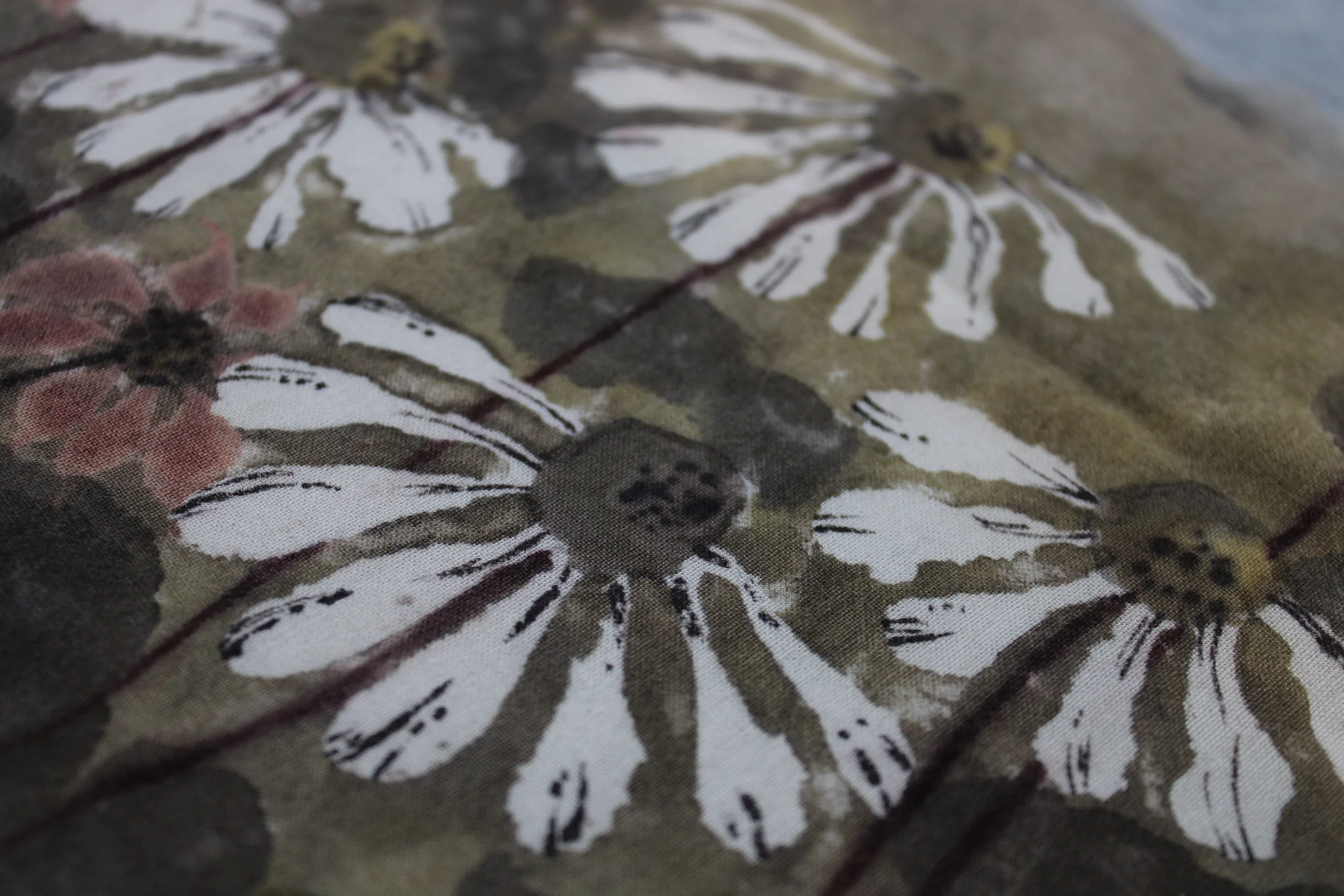The Workshop Series:Eco-Resist Natural Dyeing&Painting
Textile surface techniques are an important part of the art of fabric design and decoration. In this blog post, we will take a closer look at two popular to resist techniques: batik and starch.
Batik is a resist technique that originated in Indonesia and has been used for centuries to create intricate designs on fabric. The technique involves using wax to block out areas of the fabric where the dye should not penetrate. The fabric is then immersed in the dye, and the wax is removed to reveal the design.
One of the key advantages of batik is that it allows for the creation of complex, multicolored designs. Because the wax acts as a resist, multiple colors can be applied to the fabric without them blending together. This means that the finished design will have clean, distinct lines and a wide range of colors.
Starch, on the other hand, is a more simple resist technique that involves coating the fabric with a layer of starch before dyeing it. Like wax in batik, the starch acts as a barrier that prevents the dye from penetrating certain areas of the fabric.
To create a starch resist design, the fabric is first dampened and then coated with a layer of starch. The starch is allowed to dry, and then the fabric is dyed in the desired color. After the fabric has dried, the starch is removed by washing it away, revealing the design.
One of the key advantages of starch as a resist is that it is relatively easy to work with and produces a clean, crisp design. However, because starch is not as effective at blocking dye as wax, it is not possible to create as many layers of color with starch as with batik.
Take a journey from Level 1 through Level 3 as you discover the magical world of hide and seek via the resist technique and create the white areas for which there is no natural dye.
Level 1 - DIY Kit
This level can be done with the DIY Eco-Resist kit of ColorAshram for those curious and unsure if they want to go deeper in this. With this kit, you can self-learn with the help of a tutorial video, how to make a resist paste with starch and then paint with ready-to-apply natural colors on any ready-to-dye fabric. This is a process that will not create any effluent or toxic waste and is infact food for fish once it is discharged in water.
Level 2 - Online Sessions
Online learning has become an increasingly popular way for people to learn new skills and crafts.One of the biggest advantages of learning these techniques online is the convenience and flexibility it offers. In this level, you will get one on one workshop with our trainer and a kit will be sent to you, with your choice of colors, and you can schedule it as per your convenience. We will expand into various techniques of starch resist application, working with 2-5 colors on one fabric and introduce how it can be used to dye in indigo dye bath.
Level 3 - Offline Sessions
In this level, we take you to learning the actual wax technique of resist, one on one at our centre in ColorAshram in Ahmedabad. This is beneficial for people who want to have a small set-up of their own. From doing the process on a larger scale to having the right equipments, all will be epxlained according to your need.
Please note that the advanced level is still the beginning of a longer journey if you want to get into production of your own fabrics to sell. There are lot of things to consider before starting your own unit.




